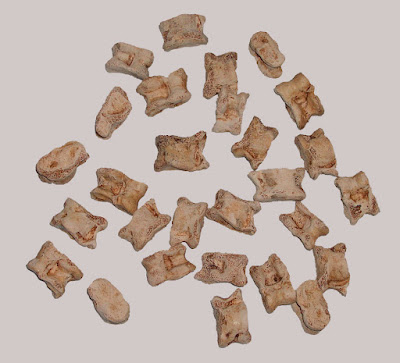Landing page for the STS Fulton campaign I've been running in Troika.
Session Count:102 (as of 12/28/2023)
Tempo: Every Thursday night
General Posts
Five Things: STS Fulton
Current Party
PCs in bold, NPCs in italics, backgrounds custom written for the campaign
Ashlee Leblanc, Procurement Specialist (Peanut Butter)
Clint Thircord, Rocketeer (James)
High Priest Basura Lixo, Scavenger (Sugarplum)
Jason Kelce Gamma12, Organ Incubator (Vegas)
Windril Pondo Tuttus, REDACTED (Juice)
Xerxes Armiger, Psyker (Eclair)
Graveyard
PCs in bold, NPCs in italics
Beatrice Bonne Nuit, CorpSec Goon, pissed off a dragon [Session 2 or 3] (Sugarplum)
Antone Bioerde aka "Cook Jackson", Cook, slain by naked bandits [Session 55] (Sugarplum)
Truffle, beloved truffle dog, slain by naked bandits [Session 55] (Sugarplum)
Davian Zatharis aka "Mollusc Man", Scientist, slain by naked bandits [Session 55] (Juice)
Hippolyta Bain, Asteroid Miner, shot by guards while trying to steal SKY KING FULMINARIS's lightning sky ship [Session 70] (Eclair)
al-Jazari, Biosimulant, Torn apart by lightning sky ship minigun [Session 70] (Vegas)
Gucci Zircon, Space Attorney, Vaporized by a suitcase nuke [Session 70] (Sugarplum)
Gray Jackson, Navigator, Vaporized by a suitcase nuke [Session 70] (James)
Jettadiah "Jett", Amnesiac Test Subject, Vaporized by a suitcase nuke [Session 70] (Juice)
Jonnifer Macleod, Engineer, 3rd Class, Vaporized by a suitcase nuke [Session 70] (Peanut Butter)
Abrahan Caseus, Goat Wrangler, Old age / natural causes [between Sessions 70 + 71] (Helpful Waffle)
Finn McCool, Spliced Prisoner [Sharkman], Sliced and diced by angry mole creatures [Session 96] (James)
Billybob Hornton, Goat Wrangler, Lost a goat whistlin' battle [Session 99] (James)



